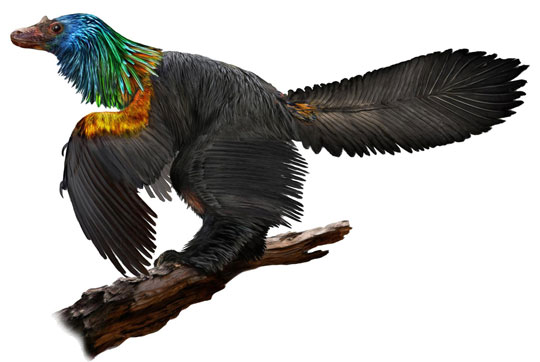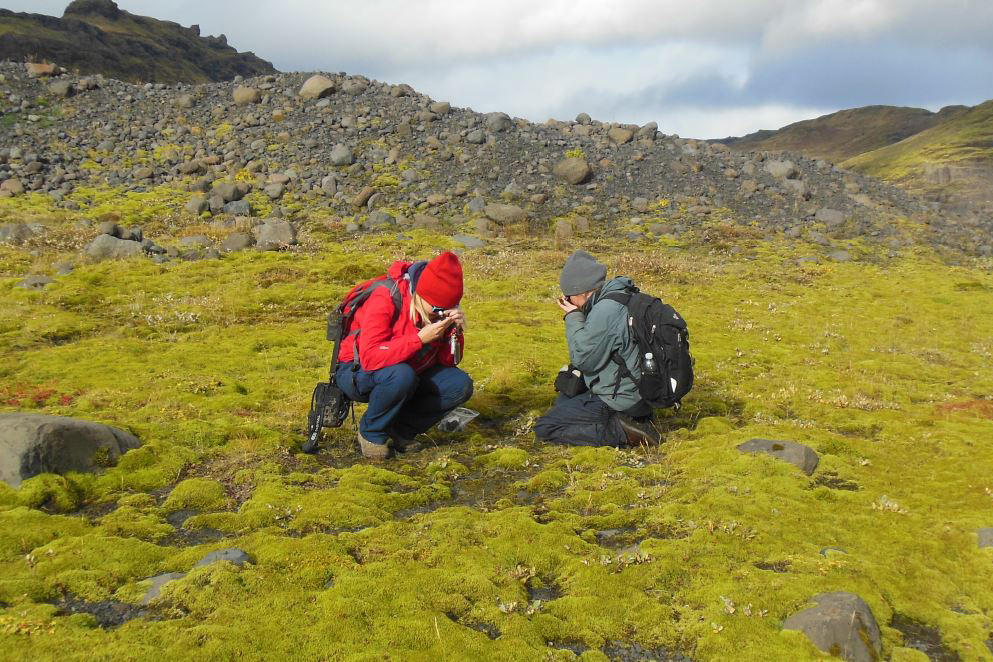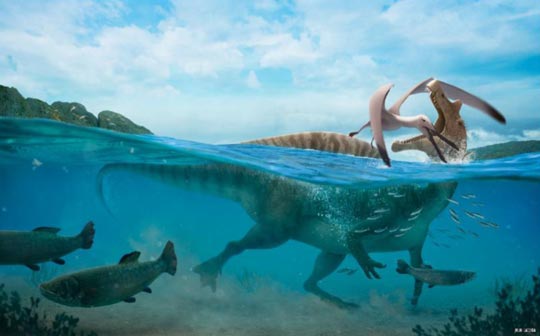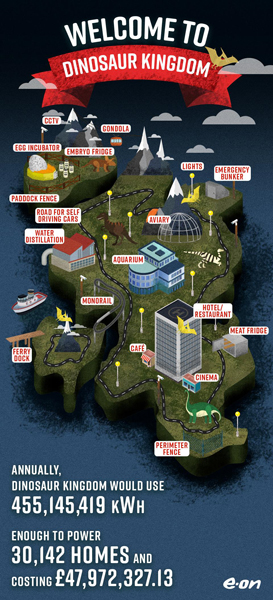Inspirational Blog Posts of 2018 (Part 1) from Everything Dinosaur
Everything Dinosaur’s Top Blog Posts of 2018 (Part 1)
As we approach the end of 2018, we have time to reflect on all the blog articles that we published over the last twelve months. At Everything Dinosaur, we try to publish a blog article for every day of the year, this means of course that we have thousands of articles on our weblog so, providing a review of what we have published in 2018 is quite a mammoth task. Here is a selection of articles that were added over the course of January through to June 2018.
January – Rainbow Coloured Dinosaur (Caihong juji)
In January, we wrote articles on the discovery of a new, speedy ornithopod from Australia (Diluvicursor pickeringi), explained how drill cores from northern Germany pushed back the evolution of butterflies and moths by some seventy million years and discussed the naming of Mansourasaurus shahinae, the first, nearly complete dinosaur skeleton from Upper Cretaceous rocks in Africa. However, arguably the most “colourful” story covered was that of Caihong juji from Middle Jurassic rocks of China, a small theropod that may have had iridescent feathers.
Colourful Caihong – A Rainbow Coloured Dinosaur
Picture credit: Velizar Simeonovski
To read about Caihong juji: A Rainbow Coloured Dinosaur.
February-March Early Plants and Early Armoured Dinosaurs
As we moved into the spring, this blog site dealt with bipedal lizard tracks from the Cretaceous, how Neanderthals used their brains, new megaraptoran dinosaurs and celebrated publishing our 4,000th article. Perhaps, two of the most memorable articles featured new research indicating that plants may have evolved millions of years earlier than previously thought and the naming of a basal member of the Ankylosauridae from China called Jinyunpelta sinensis.
When Did the First Plants Evolve?
Picture credit: Paul Kenrick (Natural History Museum, London)
To read about plants evolving some 100 million years earlier than previously thought: Plants May Have Evolved 100 Million Years Earlier.
It has certainly been a big year for the Kingdom Plantae, new evidence has emerged that flowering plants (Angiosperms), may have evolved in the Jurassic!
For the article about the discovery of J. sinensis: The Oldest Swinger in Town.
April-May Human Migration and News about Spinosaurs
In April and May, we featured theropod feeding methods, clever Cretaceous lacewings and turtle evolution missing links. Wounded lufengosaurs made an appearance along with Uruguay’s first ever pterosaur, dinosaur dandruff, nesting behaviour and lots more flying reptiles, including an article on the largest pterosaur mandible ever found. Two posts that stand out for us, was one written on April 10th that documented the finding of a single human finger bone that indicates that Homo sapiens migrated out of Africa earlier: Finger Bone Points at Early H. sapiens Migration.
The second post concerned the discovery of a fragment of spinosaurid leg bone that provided an insight into how these theropod dinosaurs may have adapted to an aquatic lifestyle. Furthermore, the piece of bone hinted that spinosaurids in excess of ten metres long inhabited South America.
Adapting to an Aquatic Life – Spinosaurids
Picture credit: Julio Lacerda
To read about giant South American spinosaurids: Dense Bones and Other Aquatic Adaptations in Spinosaurs.
June – From Fossil Fungi to “Fallen Kingdoms”
June was the start of a record breaking summer in the UK, in between basking ourselves and applying copious amounts of sun-tan lotion we tackled, rare Japanese dinosaurs, fossil fungi, stem mammals from the Early Cretaceous, tiny frogs preserved in amber and flocks of eumaniraptoran dinosaurs. With the premier of the latest film in the “Jurassic Park” franchise in cinemas, “Jurassic World – Fallen Kingdom”, rather than review the film, we chose to feature the work of some physicists from Imperial College London who calculated just how much energy would be required to run a real “Jurassic Park”.
The Running Costs of a Real “Jurassic Park”
Picture credit: E. ON
If you have a spare £47 million pounds , here’s what you need to know: Scientists Calculate the Cost of Running a Real Dinosaur Theme Park.
Thus, ends our overview of the first six months of blog articles that we have written, tomorrow we shall look at the last six months of the year and feature the first colour to evolve along with DIY fossils and conclude a remarkable year for the Sauropodomorpha.
Visit the award-winning website of Everything Dinosaur: Everything Dinosaur.





